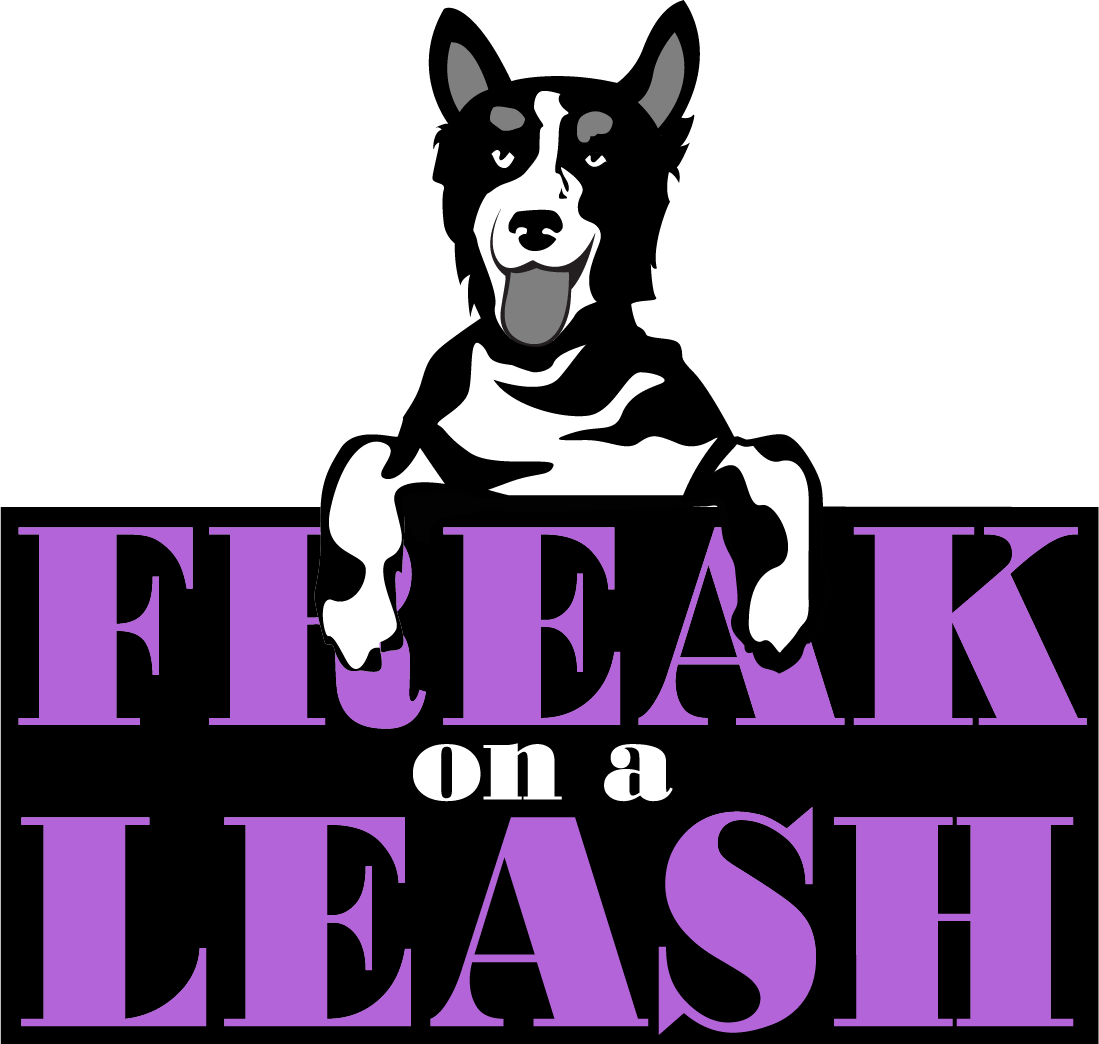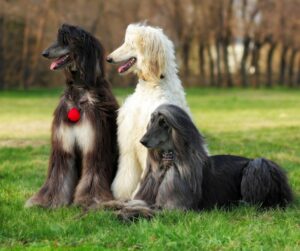 Understanding breed tendencies and their impact on expectations
Understanding breed tendencies and their impact on expectations
Understanding breed tendencies and their impact on behavior is essential for any prospective dog owner. Each breed has its own unique set of characteristics, which can greatly influence how they behave and interact with their human companions and environment.
By researching and understanding your dog’s breed, you can have a better idea of what to expect from your companion. Some breeds, for example, are known for being highly energetic and requiring plenty of exercise, while others are known for being more laid-back and suited to a quieter lifestyle. Some breeds will be very likely to chase fast moving objects. Some will love having visitors in their home whereas others will have a very different opinion.
Certain breeds can be prone to separation anxiety or may have a strong prey drive, which may impact how they interact with other animals or behave when left alone. Some dogs may be more prone to independence, while others may be eager to please and quick to learn. By being aware of these tendencies, you will be better prepared to address and manage any issues that may arise. Knowing this information can also guide your approach to training and ensure that you are setting achievable goals for your best friend.
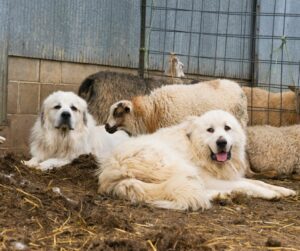 Managing the expectations of others when it comes to your dog’s behavior
Managing the expectations of others when it comes to your dog’s behavior
Managing the expectations of others can be a challenging task. People often have different opinions and experiences of what is considered acceptable behavior for certain breeds of dog. It is important to remember that you are the one who knows your dog best and who most understands their individual quirks and personality.
One way to manage these expectations (and sometimes biases) is by educating others about your dog’s breed tendencies. Explain to them that certain behaviors may be inherent to the breed and are not necessarily a reflection of poor training or discipline. By providing this information, you can help others understand and appreciate your dog’s unique characteristics.
It is also helpful to set boundaries and establish clear rules for your dog’s behavior when interacting with others. This can involve politely requesting that people refrain from engaging in certain behaviors that may trigger unwanted reactions from your dog. For example, if your dog is easily startled, you can kindly ask people not to approach your dog too quickly or make sudden loud noises. Not everyone will have the same level of understanding or experience with dogs. Some people may have had negative experiences in the past, while others may have never owned a pet before. It is therefore important to be empathetic when explaining your dog’s behavior to others.
Ensure that you are consistently reinforcing positive behavior and redirecting any unwanted behaviors when necessary. This will help demonstrate to others that you are actively working on training and maintaining control over your dog’s behavior. Another helpful tactic is to lead by example. Show others how you interact with your dog in a calm and positive manner. By demonstrating good behavior yourself, you can encourage others to do the same when interacting with your pet.
Lastly, advocate for your dog! If someone is making demands such as insisting on interacting with your shy or aloof dog, it’s important to speak up and assertively communicate your and your dog’s boundaries. Your dog is a sentient being with feelings and needs and not a plush animal.
Continue learning and growing as a dog owner yourself. Attend training classes, read books on dog behavior, and seek advice from experienced trainers. The more knowledgeable you become, the better equipped you will be to address any misunderstandings or challenges that may arise with your pup. Every dog is unique, and what works for one may not work for another. Stay open-minded and be willing to adapt your approach based on your dog’s individual needs.
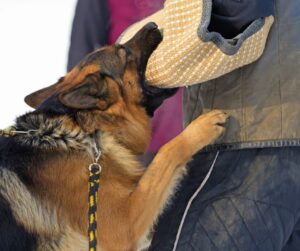 Recognizing and addressing your individual dog’s specific needs and challenges
Recognizing and addressing your individual dog’s specific needs and challenges
Just like people, every dog has its own individual needs and challenges. Expecting your dog to meet certain unrealistic expectations may lead to frustration and disappointment for both you and your dog. Instead, identify and address your dog’s specific needs in order to provide them with the best possible care.
Sometimes solutions can be found in adjusting your daily routine or environment to better accommodate your dog’s needs. For example, if your dog is anxious or fearful of loud noises, you can create a safe and quiet space for them during thunderstorms or fireworks. By understanding and addressing their specific challenges, you can ensure that your dog feels comfortable and secure in their surroundings.
When in doubt, consulting with a professional dog trainer or behavior consultant can help in assessing your dog’s behavior and provide personalized guidance. These professionals can help you establish realistic goals for your dog and provide training strategies that are tailored to their unique personality and temperament.
 Navigating the differences between rescue dogs and dogs bred for specific tasks
Navigating the differences between rescue dogs and dogs bred for specific tasks
When it comes to choosing a dog, there are various factors to consider. One important distinction is between rescue dogs which are often of unknown lineage, and dogs bred for specific tasks. While both types can make wonderful companions, there are differences that should be taken into account.
Rescue dogs, as the name suggests, have oftentimes been saved from unfortunate circumstances and given a second chance at a loving home. They may come from a shelter or rescue organization, and their backgrounds can vary greatly, if known at all. Some rescue dogs may have experienced neglect or abuse, while others were cherished pets that may have been surrendered due to unforeseen circumstances. Approach the adoption of a rescue dog with patience and understanding. These dogs may require extra time and effort to adjust to their new environment and overcome any past traumas. However, the reward of providing a loving home to a dog in need is immeasurable.
On the other hand, dogs raised for specific tasks have been selectively bred over generations to excel in certain activities or fulfill specialized roles. Some examples are working breeds like Border Collies, German Shepherds, or Labrador Retrievers, which are often used in search and rescue missions, herding livestock, or as service dogs. These dogs usually undergo extensive training and are bred for specific traits that are needed for their designated roles or tasks. They are typically highly intelligent, energetic, and require plenty of mental and physical stimulation to thrive.
When considering a dog bred for specific tasks, it’s important to assess whether your lifestyle aligns with the dog’s inherent needs. For example, if you lead a sedentary lifestyle or don’t have the time or resources to provide the necessary training and exercise, a high-energy working breed may not be the best fit for you. However, if you’re an active individual looking for a companion to accompany you on outdoor adventures or someone who wants a dog that excels in obedience training, a working breed may be an excellent choice.
It is important to remember that dogs bred for specific tasks often have specialized needs and require dedicated owners who can meet those requirements. These breeds typically thrive when they have a job to do, whether it’s herding, hunting, guarding livestock, search and rescue or protection work, or assisting individuals with disabilities. Without fulfilling these tasks or receiving adequate mental and physical stimulation, these dogs may become bored, restless, or exhibit destructive behaviors.
If you’re considering adopting a dog bred for a specific purpose, research the breed thoroughly to ensure that you fully understand the responsibilities and commitment involved. Each working breed has its own unique characteristics, strengths, and challenges. Border Collies, for example, are renowned for their intelligence and herding instincts. They can excel in activities like obedience and agility training and require a significant amount of physical exercise and mental stimulation to be content. Without adequate outlets for their energy, Border Collies may become frustrated, depressed and become destructive or exhibit other behavior problems.
German Shepherds are another popular working breed known for their loyalty and versatility. They are frequently employed as police or military dogs due to their exceptional tracking and protection abilities. German Shepherds are highly intelligent and trainable, making them a great choice for obedience training and various dog sports, but they also tend to guard their owners and can be territorial. They may require consistent socialization and exercise to prevent behavioral issues. German Shepherds thrive in an environment where they have a job to do, whether it’s assisting their owners with daily tasks or participating in activities like search and rescue. Most don’t do well with sedentary lifestyle.
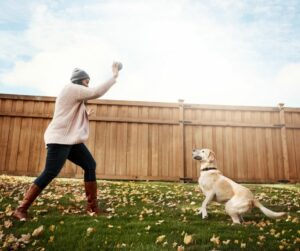 Training techniques to bridge the gap between expectations and reality
Training techniques to bridge the gap between expectations and reality
When it comes to training working breeds, it’s essential to employ techniques that bridge the gap between expectations and reality. These dogs are intelligent and eager to please, but they can also require consistent guidance.
Positive reinforcement is the most effective training technique for every breed. By rewarding your dog’s good behavior with treats or toys, you can motivate them to repeat those actions. This approach builds a strong bond between you and your dog while teaching them what is expected of them. Consistency is also key when training any dog. Establish clear rules and boundaries and stick to them. Dogs thrive on routine and structure, and deviating from it can be confusing and cause frustration. Also make sure everyone in the household is on the same page when it comes to training and rules.
Another important aspect of training is providing adequate mental and physical stimulation. Dogs that have a lot of energy need outlets to channel it. Engage them in activities that challenge their minds, such as puzzle toys or scent work. Regular exercise, such as long walks or runs, will also help keep them physically fit and mentally satisfied.
It is important not to become frustrated while training your dog. Approach training with a calm and patient mindset, understanding that every dog learns at their own pace. With consistent guidance, mental stimulation, and patience, you can unlock your dog’s full potential and watch them thrive in their role as a companion or capable working partner.
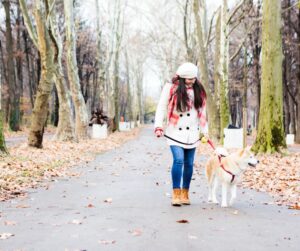 Finding support and resources for navigating the challenges of being a dog owner
Finding support and resources for navigating the challenges of being a dog owner
Being a dog owner can come with its fair share of challenges, but fortunately there are plenty of resources available to help you navigate them. Whether you’re a first-time dog owner or have had dogs for years, finding support and accessing helpful information is key to ensuring a happy and healthy relationship with your dog.
An ideal place to start is by seeking out local dog training classes or workshops. These can provide you with valuable knowledge on training techniques and communicating effectively with your dog. They also provide opportunities to connect with other dog owners who may be going through similar experiences.
Online communities are another fantastic resource for dog owners. There are numerous forums and social media groups dedicated to discussing various aspects of dog ownership, from training to health concerns. These communities can be a wealth of information and a source of support when you have questions or need advice.
Reaching out to professional dog trainers or behavior consultants can also be immensely helpful, especially if you’re dealing with specific behavioral issues or training challenges. These experts have the knowledge and experience to assess your dog’s needs and provide personalized guidance.
And don’t forget about the power of books and online articles! There are countless books, websites and blogs dedicated to providing dog owners with valuable information and guidance. Whether you’re looking for tips on housebreaking, understanding canine body language, or managing separation anxiety, there are a wealth of resources at your fingertips.
 Embracing the unique qualities and characteristics of your dog, regardless of breed or background
Embracing the unique qualities and characteristics of your dog, regardless of breed or background
Another important aspect of building a happy and healthy relationship with your dog is learning to embrace them for who they are. Every dog is unique, with their own personality, quirks, and preferences.
Whether your dog is a rescue with an unknown background or a purebred with a pedigree, their uniqueness is what makes them special. Every dog is different, even within the same breed. Genetics play a role in your dog’s temperament and behavior, but it is important to remember that your dog’s upbringing and environment also play a role in shaping who they become. By recognizing and embracing your dog’s unique qualities, you can celebrate their individuality and provide them with the love and care they deserve. Embracing these individual qualities can help you better understand and connect with your dog on a deeper level.
Instead of trying to fit your dog into a specific mold or expectation based on their breed or background, take the time to observe and appreciate their unique qualities. Also take the time to observe your dog’s behavior and body language. Notice how they communicate with you and others around them. Understanding canine body language is crucial for building a strong bond with your dog and preventing misunderstandings. Dogs use subtle signals, such as tail wagging, ear positioning, and facial expressions, to convey their emotions. By learning to interpret these signals, you can better understand how your dog is feeling and respond accordingly.
Whether it’s your dog’s playful nature, their gentle demeanor, or their unwavering loyalty, each trait makes them who they are. By embracing your dog’s uniqueness, you can tailor your approach to training, care, and overall interaction to best suit their individual needs. Embracing these unique qualities goes beyond just accepting them; it means appreciating and celebrating them. This can lead to a stronger bond and a happier, more well-adjusted dog.
Building a strong bond with your dog through communication and understanding
Building a strong bond with your dog requires effective communication and understanding. By taking the time to truly listen and observe your dog, you can create a deeper connection based on trust and mutual respect.
Communication goes beyond just verbal cues. It involves recognizing and interpreting your dog’s body language, facial expressions, and vocalizations. Pay close attention to how your dog holds their tail, positions their ears, or makes eye contact. These subtle cues can reveal their emotional state and help you respond appropriately. Some dogs may be more outgoing and sociable, while others may be more reserved or independent. By recognizing and embracing these differences, you can foster an environment that suits your dog’s individuality.
Developing realistic expectations for your dog’s behavior and abilities
While every dog has the potential to learn and grow, it’s important to remember that all dogs are individuals with their own limitations. Start by understanding your dog’s breed characteristics (if known) and the temperament of your individual dog. This will give you insights into their natural instincts and tendencies.
It is also important to consider your dog’s age and past experiences. Puppies will require more guidance and patience as they are still learning and adapting to the world around them. Older dogs may have already developed certain habits or behaviors that will take time and effort to modify.
When addressing unwanted behavior, it is important to do so in a gentle and positive manner. Using punishment or harsh methods can create fear and anxiety in your dog, which can lead to more undesirable behavior. Instead, focus on redirecting your dog’s attention to more appropriate behaviors and rewarding them when they make the right choices.
Setting realistic goals for your dog’s training and behavior will help you avoid frustration and disappointment. Celebrate each small achievement along the way, as it will motivate both you and your dog to continue working towards your goals. Avoid comparing your dog to others or setting unrealistic expectations based on what you’ve seen or heard about other dogs.
Remember, dogs are highly social animals that require mental stimulation along with physical exercise. Providing your dog with mental challenges, such as puzzle toys or training sessions, can help keep their minds sharp and prevent boredom. Regardless of breed, a bored dog is more likely to engage in destructive behaviors or act out in other ways. Training takes time and effort, but the bond you will build with your dog through the process is priceless!
